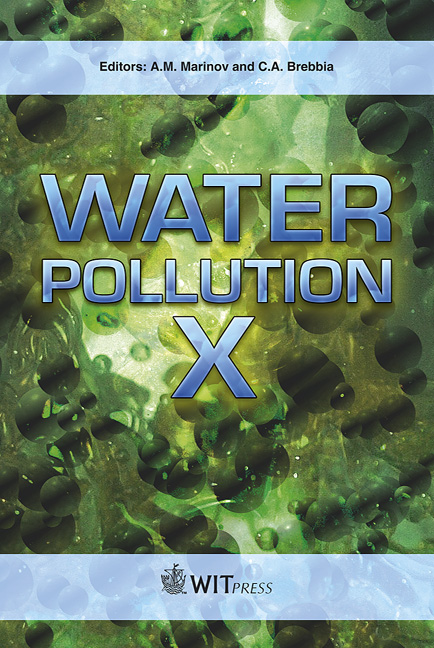The Tale Of Two Lakes: Managing Lake Degradation, Rotorua Lakes, New Zealand
Price
Free (open access)
Transaction
Volume
135
Pages
12
Page Range
157 - 168
Published
2010
Size
872 kb
Paper DOI
10.2495/WP100141
Copyright
WIT Press
Author(s)
P. Scholes & J. McIntosh
Abstract
Lakes Rotorua and Rotoiti, two co-joined lakes of the Rotorua Group, North Island, New Zealand, have had an increasing prevalence of cyanobacterial blooms due to lake eutrophication. Targets for water quality restoration are set in statutory planning objectives expressed quantitatively by trophic level indices. Quantification of external and internal nutrient loads underpins the restoration targets. Comprehensive stream and groundwater monitoring, together with a monthly lake monitoring programme, provide data for models that delineate nitrogen inputs from sub-catchments to lake ecological modelling. Lake Rotorua catchment is dominated by pastoral land use and receives significant nitrogen (N) and phosphorous (P) load from groundwater, as well as geothermal springs. Increasing groundwater nitrogen (predominantly as nitrate) and internal phosphorus loads need to be reduced to meet water quality objectives. Reduction of the external nutrient loads to Lake Rotorua has begun by addressing several sources. These include: the Rotorua City wastewater treatment plant upgrade; stream dosing with aluminium sulphate; areas with on-site wastewater treatment reticulated to the central wastewater treatment plant; and stormwater upgrades. Hydrological and limnological studies have found nutrient inputs to Lake Rotoiti to be dominated by the inflow from Lake Rotorua, which accounts for approximately 73% N and 76% P. A diversion wall has been installed to interrupt the underflow current from Lake Rotorua to Lake Rotoiti with Lake Rotorua waters deflected straight to the Lake Rotoiti outlet. The diversion wall has resulted in significant water quality gains for Lake Rotoiti. In this paper we explore strategies to improve lake water quality as part of an integrated land and water management programme, and how this led to the building of a diversion wall. We examine the steps taken to implement restoration works and explore
Keywords
action plans, trophic level index, eutrophication





